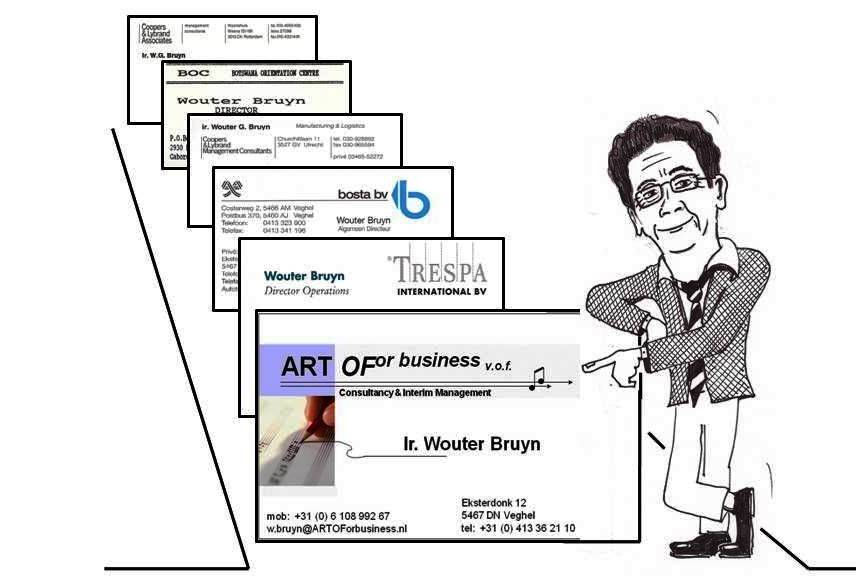
CONNECT and IMPROVE, through ADVICE and IMPLEMENTATION
No sustainable improvement if there is no connection, and no proper advice without a focus on implementation. After all it must lead to something. Next to the focus on results, there is also focus on the robustness and beauty of the solution. It is an art to come up with a solid solution, that is easy to grasp, provides clarity in how to achieve it and brings home the desired revenues (economically, socially, politically or otherwise).
-
Content:
- What sort of problems do I solve?
- Products and services
- Why choose me?
- Approach and remuneration
WHAT SORT OF PROBLEMS DO I SOLVE?
A few examples that have crossed my path over the years.
 Too much inventory and still short on several products you need for sales orders, how do you solve that?
Too much inventory and still short on several products you need for sales orders, how do you solve that?
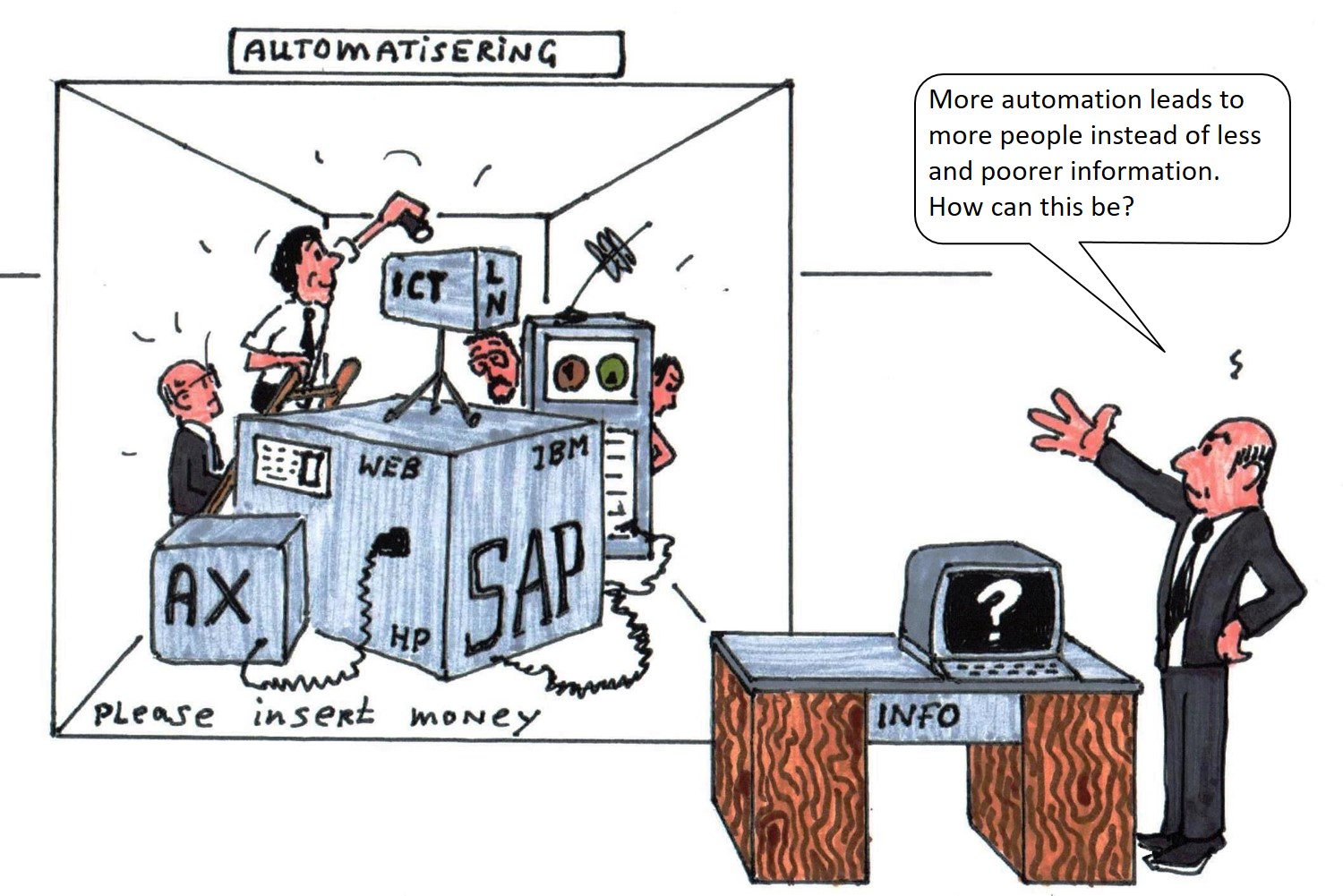 In too many cases the introduction of systems is bringing too little and costing too much. How can this be? Sometimes less is the answer!
In too many cases the introduction of systems is bringing too little and costing too much. How can this be? Sometimes less is the answer!
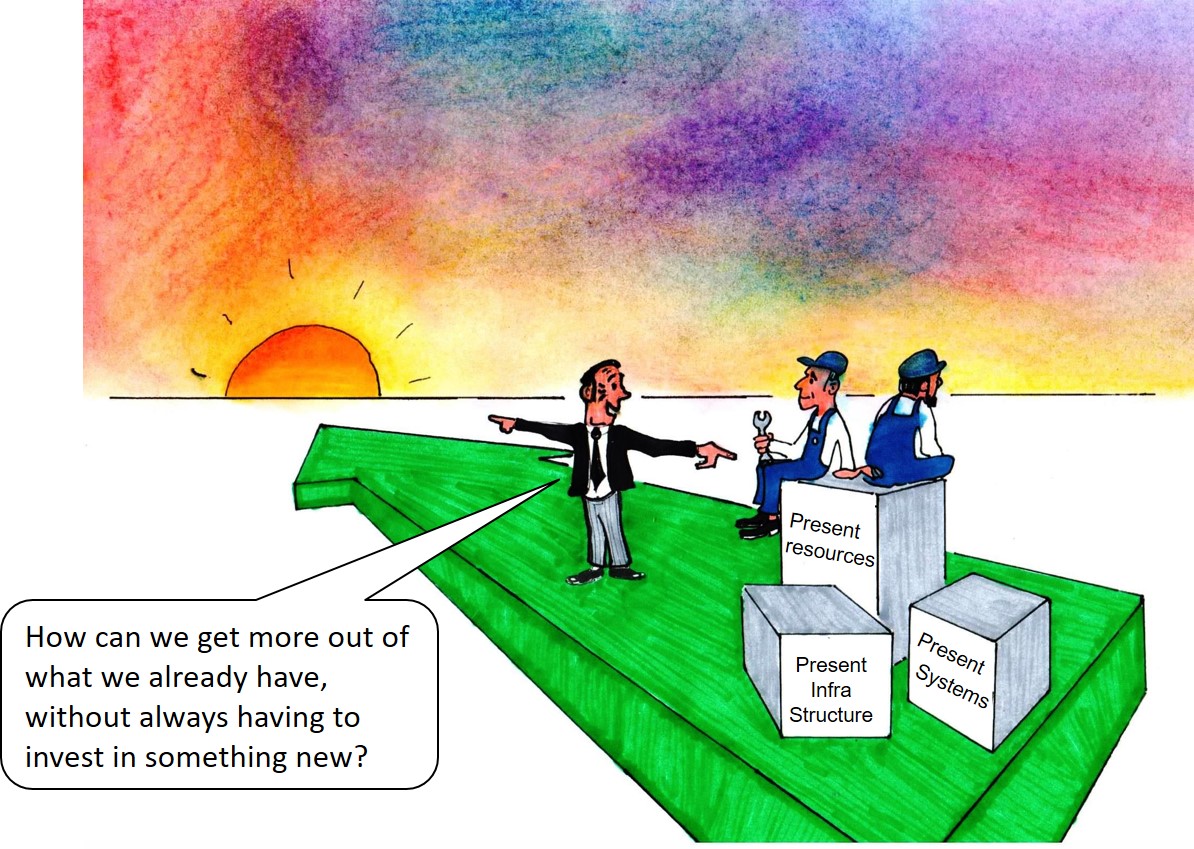
 It is important to both internal and external parties to understand what causes this difference. Similar to having stock, extra time for production is beneficiary to some parties, but at certain cost. This knowledge is useful in negotiations between parties and to make deliberate choices with regard to product offering, delivery times, pricing and service levels.
It is important to both internal and external parties to understand what causes this difference. Similar to having stock, extra time for production is beneficiary to some parties, but at certain cost. This knowledge is useful in negotiations between parties and to make deliberate choices with regard to product offering, delivery times, pricing and service levels.
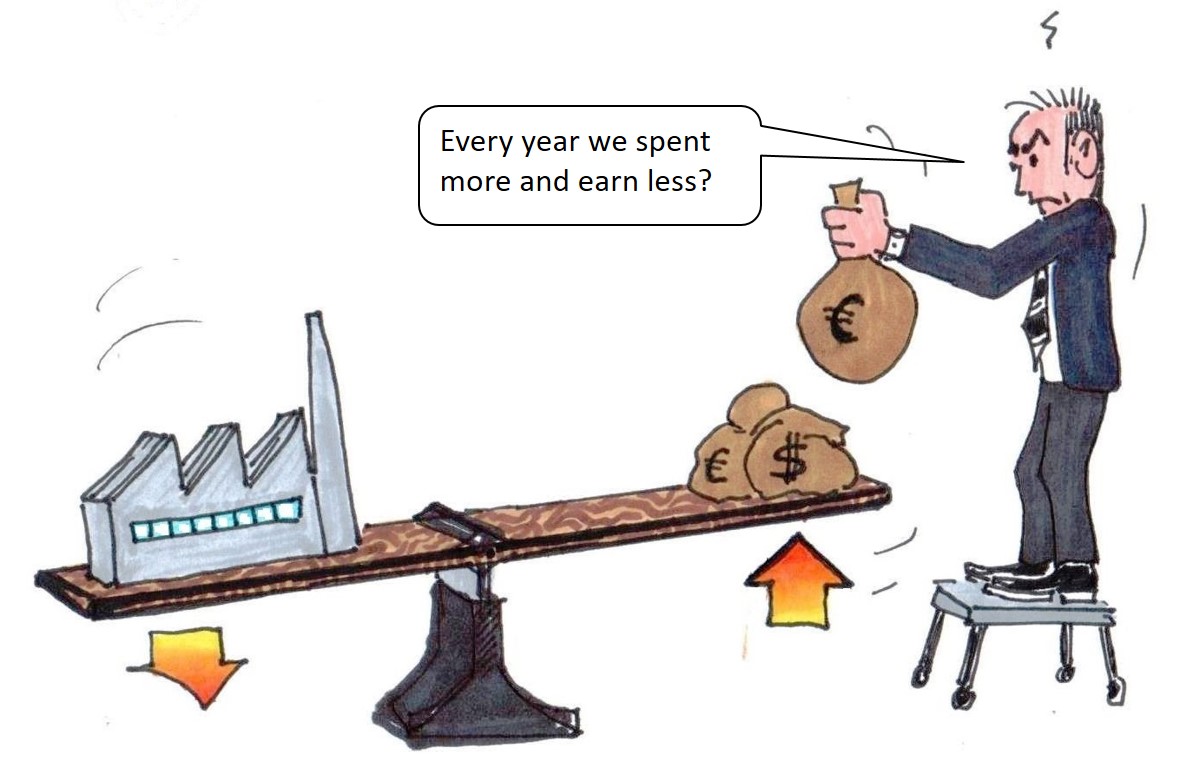 To find the ‘real’ cause it sometimes requires a thorough analysis from a perspective that fundamentally differs from the organization's.
To find the ‘real’ cause it sometimes requires a thorough analysis from a perspective that fundamentally differs from the organization's.
 Some situations call for immediate action to buy sufficient time and peace of mind to be able to find, develop and implement a more structural solution.
Some situations call for immediate action to buy sufficient time and peace of mind to be able to find, develop and implement a more structural solution.
 If the financial administration does not tally with the actual processes, this is often caused by an undesirable disconnection of the finance and the operations system and by at the start not clearly enough defining what the ‘real’ information needs are for finance and others. With a proper implementation the system automatically supplies the required financial information, but often to be found at an unexpected place and often under different headings and terminology.
If the financial administration does not tally with the actual processes, this is often caused by an undesirable disconnection of the finance and the operations system and by at the start not clearly enough defining what the ‘real’ information needs are for finance and others. With a proper implementation the system automatically supplies the required financial information, but often to be found at an unexpected place and often under different headings and terminology.
 Business is the balancing of opposing interests. The customer may be King, but you're not a Jester (the fool). To achieve a good and profitable collaboration for all parties it is often sufficient to discuss explicitly and in detail the different interests of the various stakeholders and make sure that your system supports these differences.
Business is the balancing of opposing interests. The customer may be King, but you're not a Jester (the fool). To achieve a good and profitable collaboration for all parties it is often sufficient to discuss explicitly and in detail the different interests of the various stakeholders and make sure that your system supports these differences.
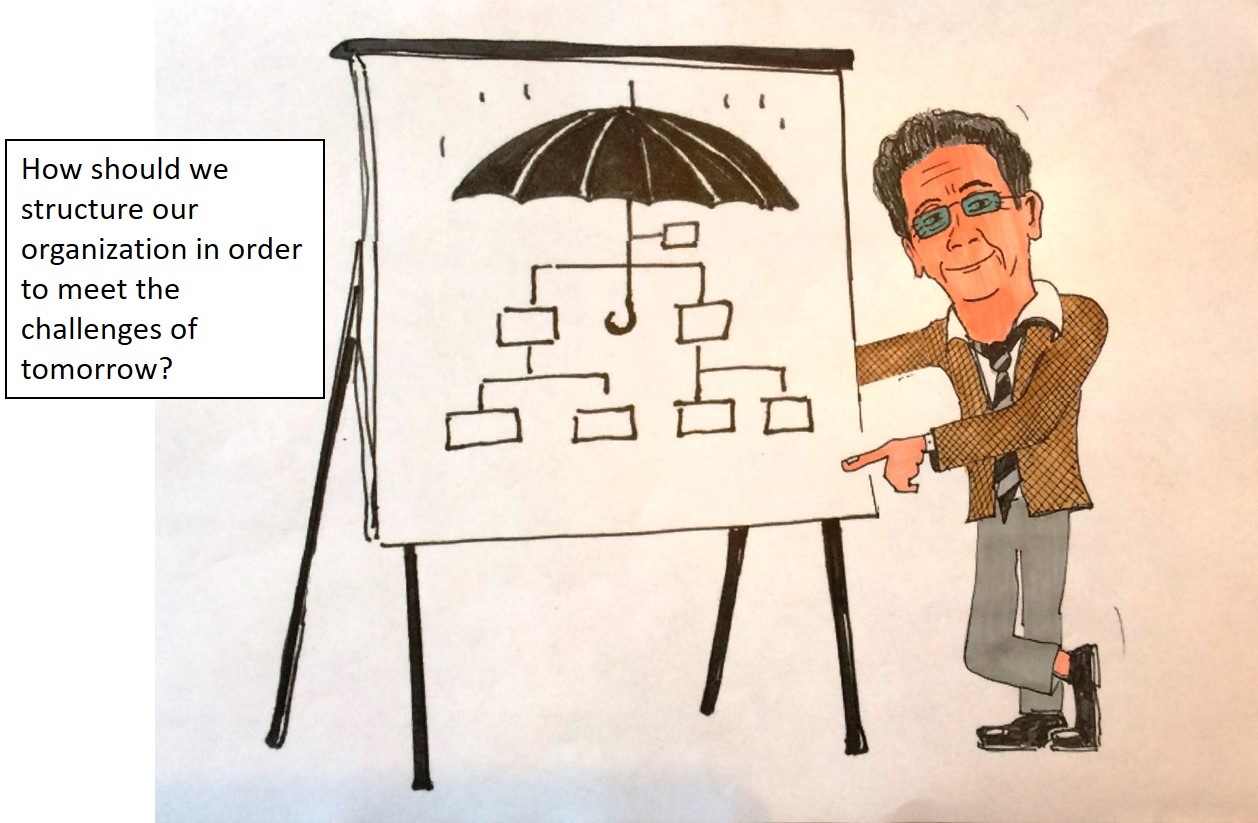

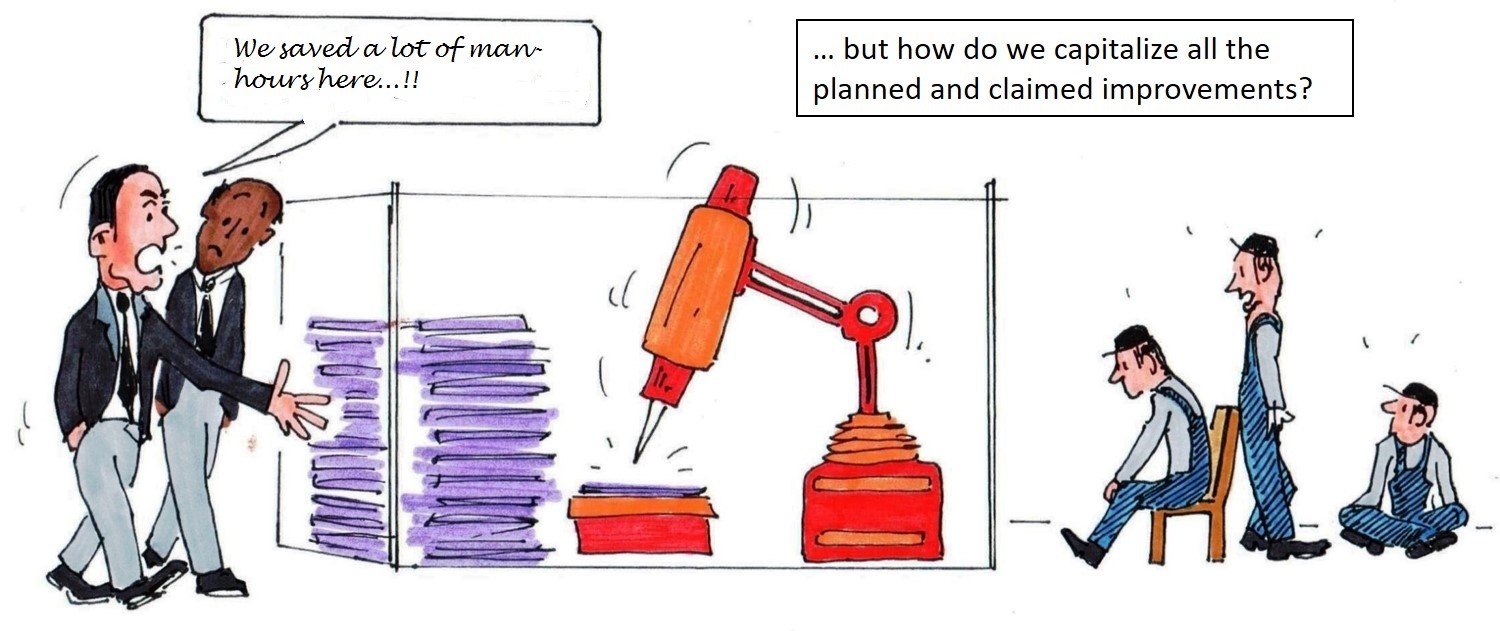 The saving of man-hours only lead to real returns, if the organization is capable to use that time profitable (less people or more work done). The actual capitalization of the projected revenues is an often forgotten factor in the decision-making process, but too important to ignore.
The saving of man-hours only lead to real returns, if the organization is capable to use that time profitable (less people or more work done). The actual capitalization of the projected revenues is an often forgotten factor in the decision-making process, but too important to ignore.
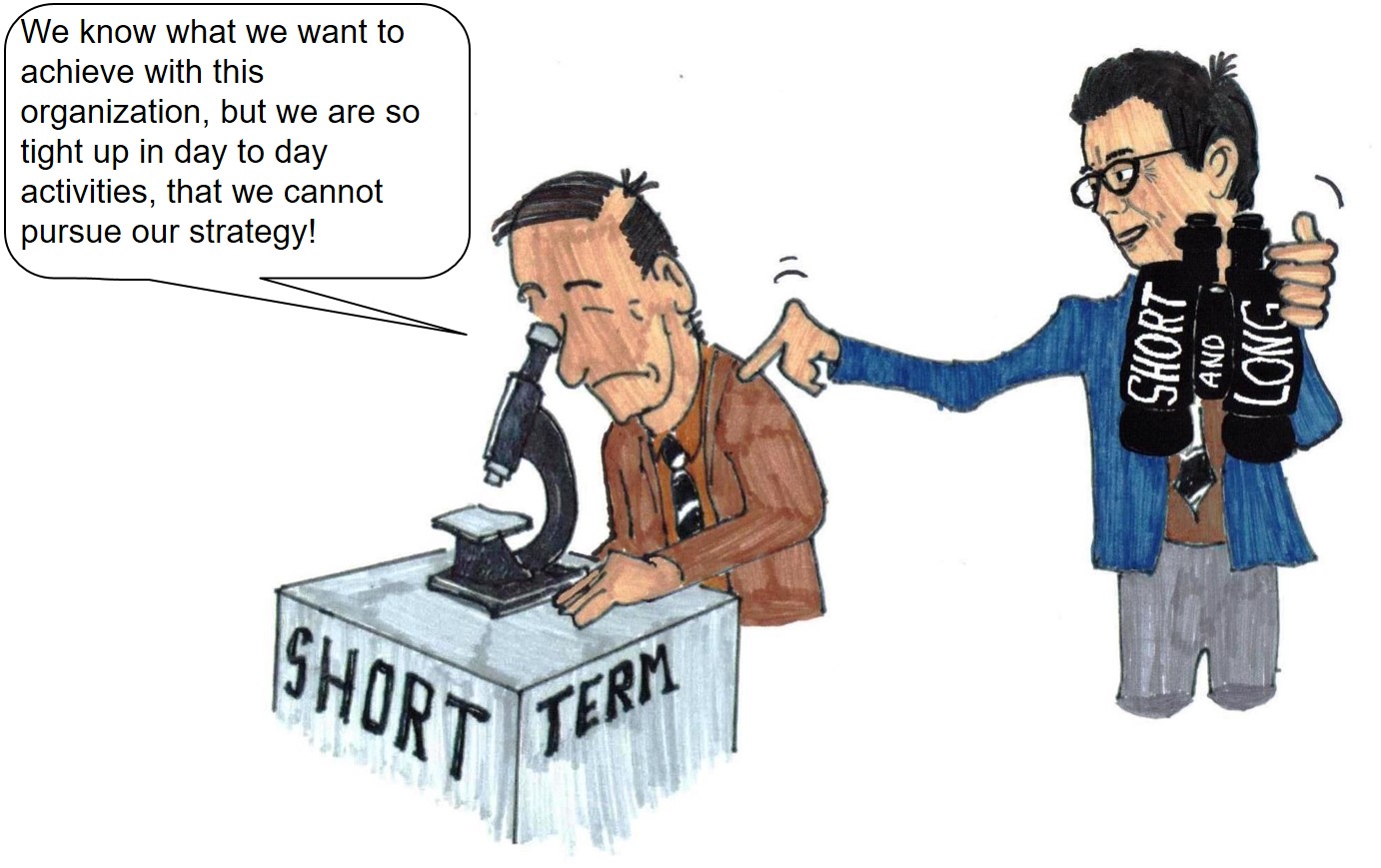 The trick is to create the necessary short-term measures in a way that they will also in the long term contribute to the successful course and strategy of the company. It's like solving different parts of a jigsaw puzzle, where you must ensure that these loose surfaces will eventually fit together.
The trick is to create the necessary short-term measures in a way that they will also in the long term contribute to the successful course and strategy of the company. It's like solving different parts of a jigsaw puzzle, where you must ensure that these loose surfaces will eventually fit together.
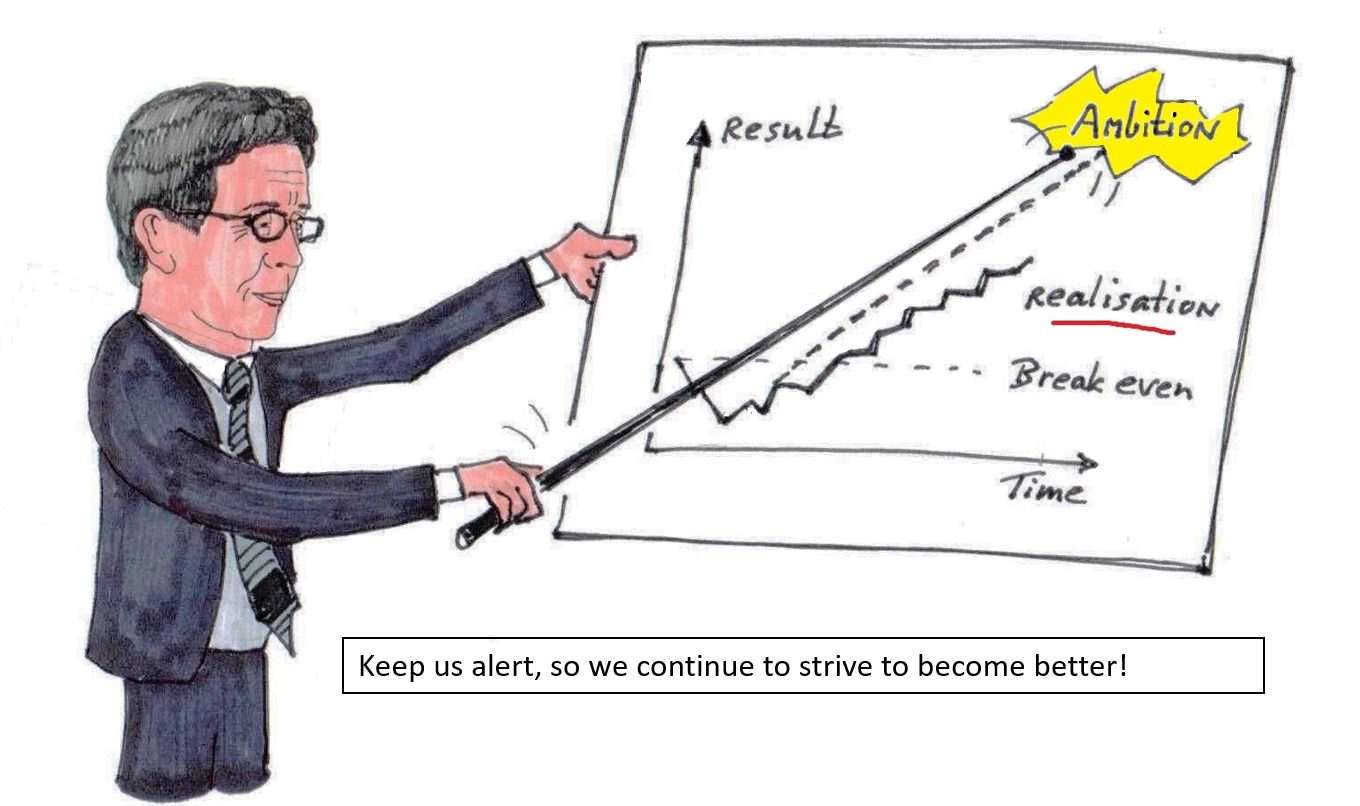 It is difficult for organizations to continue to put pressure and to remain faithful to the ambitions set by themselves. Here it may help to check periodically whether the realization is still in line with the original intention and what may need to be adjusted. Adjustments are sometimes necessary, but as an organization you do not want them unknowingly to happen.
It is difficult for organizations to continue to put pressure and to remain faithful to the ambitions set by themselves. Here it may help to check periodically whether the realization is still in line with the original intention and what may need to be adjusted. Adjustments are sometimes necessary, but as an organization you do not want them unknowingly to happen.
PRODUCTS AND SERVICES
There is a great need for one or more of the following products or services:
-
Analysis and diagnosis
-
To achieve performance improvement it is vital to get a clear view of processes, problems and feasible solutions fast.
-
Initiative and results
-
Most people within the organization are mainly busy to keep the day to day operation going and it's hard to keep focus on the wanted improvements. Therefore, there is often a need for someone that can boost change, stimulate action and focus on solutions.
-
Concrete, solid and sustainable performance improvements
-
Too many performance improvements subsequently prove only temporary or optical.
The implemented improvements by me are solid, sustainable and supported by the organization:-
By always keeping an eye on the link to the primary process and the added value of each process or organizational unit for the company as a whole.
-
By formulating viable compromises that are feasible, do justice to the current situation but ensures that the organization keep view of the end goal and the route towards it.
-
Improve with what is already there
-
Suggested improvements are too often based on investing in something new. By first looking at how you can realize the improvement with what already is there, it becomes clear what can be repaired, what needs to be revitalized and what's really missing. This generally gives more support within the organization and, if something new is needed, a good basis for focused investment in a later stage.
-
Structuring and temporization of actions and activities
-
In the process of change there is both a need for practical and meaningful dividing the larger whole into recoverable and manageable projects.
On the other hand there is a need to embed the various ad-hoc solutions in the strategic perspective of the firm. (Do basically nothing now that you cannot continue to use in a later stage!) -
Funding, finance and return on investments
-
o Insight in how the improvement can be capitalized
o Different ways of remuneration for my services is possible. If so desired, it can be based on performance, risk, revenues and returns.
o Minimizes risks and optimizes returns and revenues
WHY CHOOSE ME?
- Great analytical skills and broad experience.
- Able to get to the quintessence of complex problems fast.
- Able to find practical, workable solutions, including how best to implement this in the organization and how you ultimately ensures that the committed efforts also lead to the desired and intended result (capitalize).
- Committed connector who does not only connect people, but also bring together different disciplines and areas.
- Committed connector who does not only connect people, but also bring together different disciplines and areas.
APPROACH AND REMUNERATION
Depending on the type of question, the proposed solution or the phase of a project, different forms of remuneration are conceivable.
-
Hours x rate
-
Hours times rate (time & material basis),
often limited to a maximum so you do not sign a blank check.
-
Performance remuneration
-
If it is determined what is the improvement potential and what benefits are to be gained, it can be agreed to relate the remuneration to the results to be achieved.
-
Here, there is a trade-off between the risk and the expected return. If the expected yield is high, "hours x rate" will get you the most value. However both the returns and the risks lie with you.
Sometimes you may want to share the risk and reward by choosing a combination of a reduced fee during the execution of the project and a final reward, to be paid at a later stage, based on the results achieved. In that case you pay less when the results are less, but more at the end if it reaches or exceed its targets.
-
Fixed fee
-
For training and improvement activities which are clearly defined in advance, or activities where no direct financial benefits can be quantified, a fixed price can be agreed.




